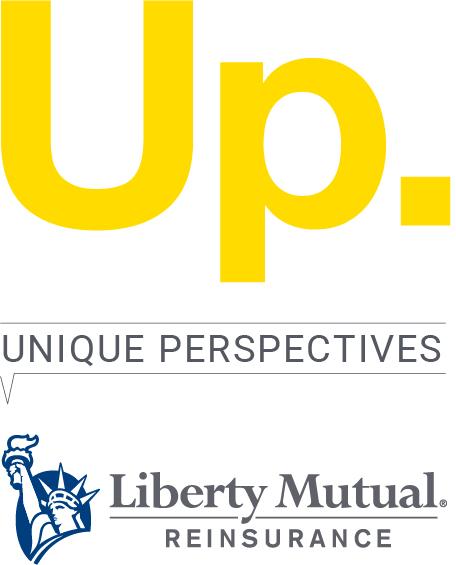Reinsurance, as an asset class, has traditionally been perceived positively. Within the last decade, we have seen the value of this risk asset class drop substantially, with broadening terms and scope of coverage, a broader application of reinsurance capital within the market at large and - dare I say it - a lack of discipline. The asset class has moved more towards being an earnings protector rather than a capital protector. This evolution is not sustainable and at some point, things will have to change.
We believe there needs to be a paradigm shift in conceptualising the reinsurance value proposition.
The reinsurance business model has always seen its goal – its victory condition if you will – as achieving a net combined ratio of below 100%. To date, this was a straightforward process of achieving underwriting profitability by risk selection and suppressing expense ratio, while maintaining client and broker relationships to ensure a secure income stream for the long term. That age-old formula has endured longer in reinsurance than comparable financial services.
It has meant that reinsurance was caught in an inertia trap: a tweak here and there, pushing down expense ratios a couple of points, improving risk selection a bit and – hey presto! – profitability.
The times they are a-changin’
With that mindset, reinsurance was able to thrive until around 2016 in an ecosystem of relatively steady world affairs, gradual and controlled environmental and social change, and a relatively benign political environment. It worked well enough at the time, because no one could see what was coming round the corner.
The market landscape has changed entirely and what secured success in the past will not be sufficient for the future. Change is clearly inevitable to all aspects of the reinsurance business model and the reinsurance market has been stuck in the valley of indecision as to when, what and how to change, as well as the scale and speed of change required.
Without clear thinking and bold strategic choices, the reinsurance market will find itself facing irrelevance: insurance, retrocession, distribution, traditional capital, even bond financing has moved on.
It is not just market forces and competition that have been driving reform. The risk and severity of CAT events in recent years, hence annual aggregate loss, have increased at an exponential rate. The sheer number of inputs into our loss ratio, and our ability to approximate it adequately, has meant that investment in capabilities we would once have thought unnecessary, are now indispensable.
Incoming technology and more expansive data-driven decision-making can transform expense ratios and ultimately combined ratios entirely instead of marginal improvements. We are still receiving some bordereaux in PDF format, but we expect new, digitalised risk exchanges to transform the industry in the coming years. The combined ratio is still with us, but the underlying data and associated drivers look more complex than ever.
Value-add or obsolescence
This shift is changing the reinsurance world at pace. As an industry, gradualism is not a luxury we can afford. The way reinsurers stay on the playing field and understand and properly price emerging and new risk is different.
Our peers are responding as well: third party capital vehicles have popped up everywhere, markets are collaborating on elaborate digital platforms, large reinsurers are building proprietary climate change models. There is a widespread recognition that the reinsurance world of the future looks and feels different: it is now time to spell out how as an industry we remain relevant for the benefit of our clients.
Reinsurance target operating model
A way to think about this change is moving towards a three-dimensional model of reinsurance rather than our current two-dimensional version. There are three components of success in the future, and each one has to be supporting and reinforcing each other : a highly effective and efficient operating model that is resilient ; a business strategy that identifies where and how we will succeed; and an underwriting strategy of purpose and discipline.
The motto will be to “play smarter not harder” – to do more with less. Technology, including AI, will become the great enabler. Talent will have to be attracted and retained better than in the past. Additional capabilities, including modelling and efficient and rapid risk exchange, will be incorporated.
The market will differentiate itself based on its capability. Innovative, niche players will fulfil emerging needs, while larger institutional reinsurers will create value through scale and additional capabilities.
A different way of thinking about reinsurance
It is a different way of thinking about reinsurance. Our sector needs to increase its value, its relevance and scale, and re-establish its purpose. No player will be able to service every demand. Each carrier will work out its niche and position within the ecosystem.
We are at a critical juncture in our industry’s history. But, by changing the way we think about reinsurance, we can ensure its long-term future.


